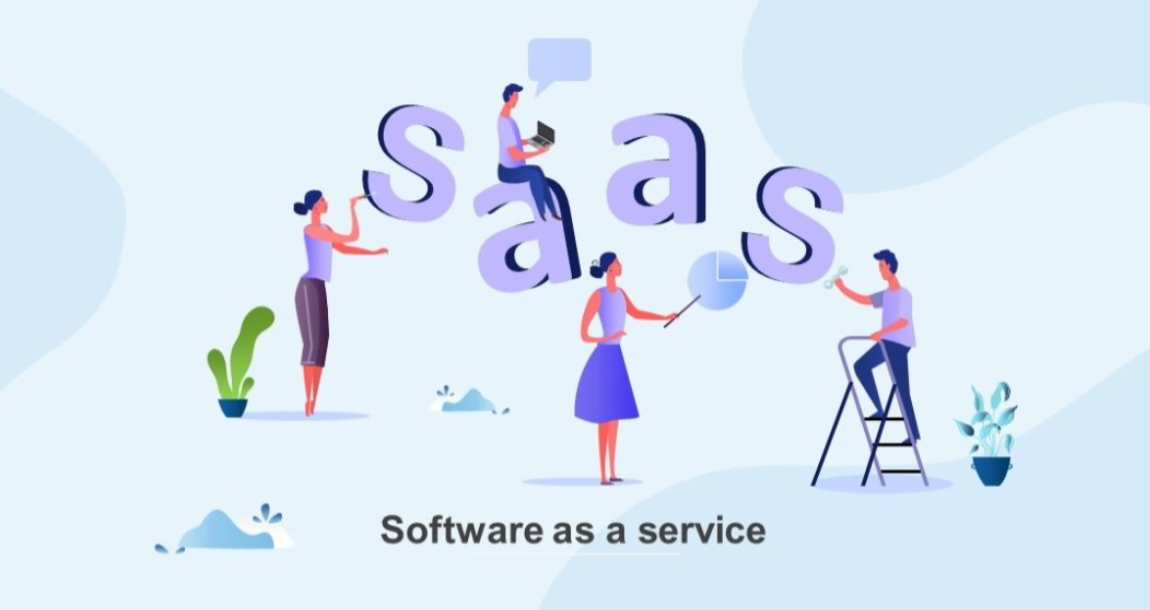


There are many trends suggesting that the SaaS market is exploding in Southeast Asia. SaaS, aka Software as a Service, is one of the jargons in the technology world that often scares ordinary people who don't fully understand the term. However, despite the ambiguity of the term, the SaaS ecosystem has become important to many industrial sectors around the world. According to Market Watch, during year 2018 untill 2023, SaaS market products worldwide is expected to grow by approximately 21,2%. According east.vc, SaaS market in year 2022 reaching US$117 billion by the end of 2022.
The software-as-a-service (SaaS) business model has become an industry in the tech world, especially since Microsoft began combining the services business model with its software, calling it “software + services”. Now, SaaS companies develop their software in the cloud and allow clients to access it via an internet connection.
Despite the growing opportunities in the SaaS market, there are still some obstacles that SaaS players face in acquiring customers. The following are some of the obstacles to SaaS development in Indonesia based on the I360 Report: SaaS Wave in Indonesia:
Low understanding of SaaS products. The decision-making process for technological transformation usually involves top management who usually does not have a good understanding of technological developments. SaaS players should invest their time in introducing SaaS products/solutions and doing education. There are still many companies that do not consider technology as an important part that makes their business grow. This is illustrated by IT experts who are placed at the supporting level and are not involved in the company's development strategy.
Understanding of productivity. There are still many companies that prefer to recruit more employees than invest in SaaS. Large companies have generally been able to identify productivity problems as software problems, while small-medium companies still see them as human problems.
Resistance to change. The adoption of SaaS will make changes to the way things work, to the company's cash flow. Small-to-medium-sized companies are usually reluctant to allocate operational funds for long-term SaaS subscriptions, while large companies fail to invest more time in training and changing the way they work.
No credit card access. Credit cards are usually the payment option for many SaaS companies so they can make billing smoothly. The low level of credit card ownership among MSME players is one of the challenges faced by SaaS players.
Incompetent HR. The competence of the company's HR is one of the determining factors for the success of digital adoption/transformation in the company. This is generally found in long-standing companies whose employees are not from the tech-savvy generation so the adaptation process takes time (id.techinasia.com) (Ruhmaya Nida Wathoni. Illustration: saascode.net).